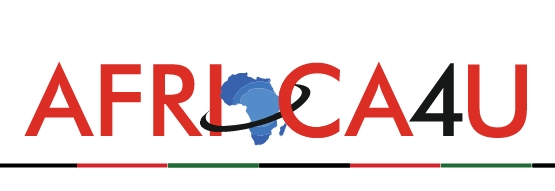(3 Minutes Read)
Zimbabwe’s monthly inflation rate dropped to 11.7% in November, a sharp decline from 37.2% in October, according to the Zimbabwe National Statistics Agency (ZIMSTAT). This 25.5 percentage point decrease signals a recovery in the country’s economic stability following a period of significant currency devaluation.
Zimbabwe’s monthly inflation rate dropped to 11.7% in November, a sharp decline from 37.2% in October, according to the Zimbabwe National Statistics Agency (ZIMSTAT). This 25.5 percentage point decrease signals a recovery in the country’s economic stability following a period of significant currency devaluation. The Zimbabwean Gold (ZiG), a gold-backed digital currency launched to stabilize the financial system, was devalued by 43% in September, leading to a sharp rise in inflation that peaked in October.
The improvement highlights the effectiveness of recent central bank measures to support the currency, though the broader effects on consumer spending and business confidence remain unclear. The last time double-digit monthly inflation occurred before October was in August 2022, during another period of economic volatility.
This inflation report comes ahead of Zimbabwe’s 2025 national budget presentation on Thursday, where Finance Minister Mthuli Ncube is expected to propose further actions to strengthen the use of ZiG in domestic transactions, focusing on price stability and liquidity.
Read Also:
https://trendsnafrica.com/zimbabwes-inflation-surges-as-currency-devalued/
Despite these efforts, Zimbabwe’s economic situation remains fragile, with inflation still much higher than regional averages. Analysts believe the long-term success of the ZiG will depend on the government’s ability to maintain fiscal discipline and enact necessary structural reforms.





